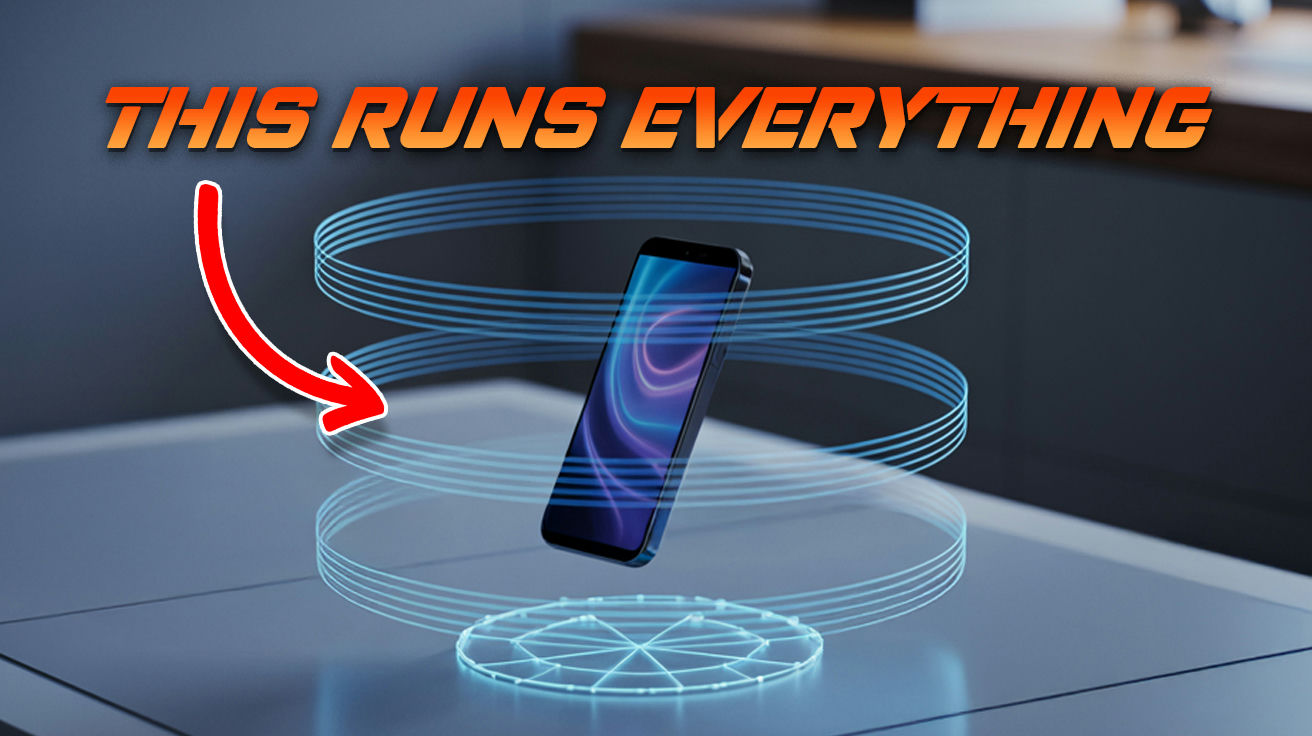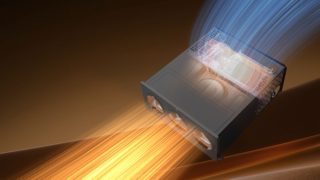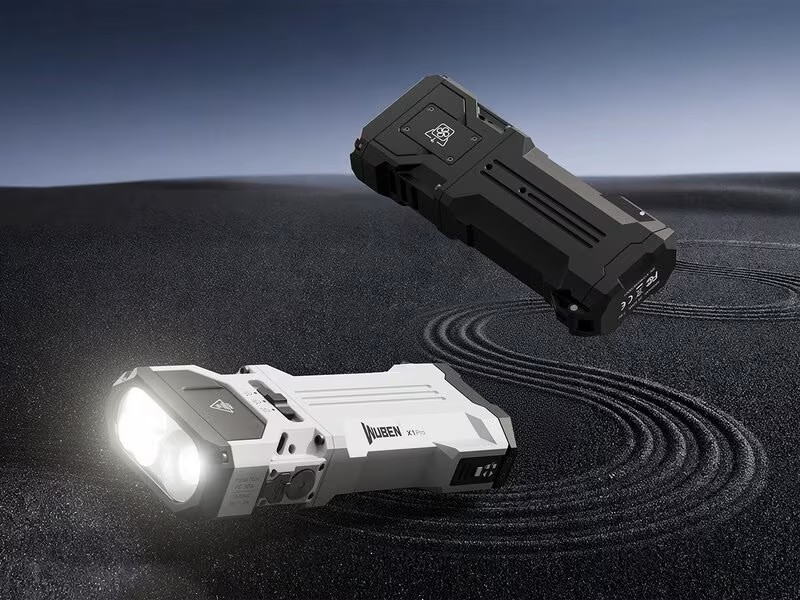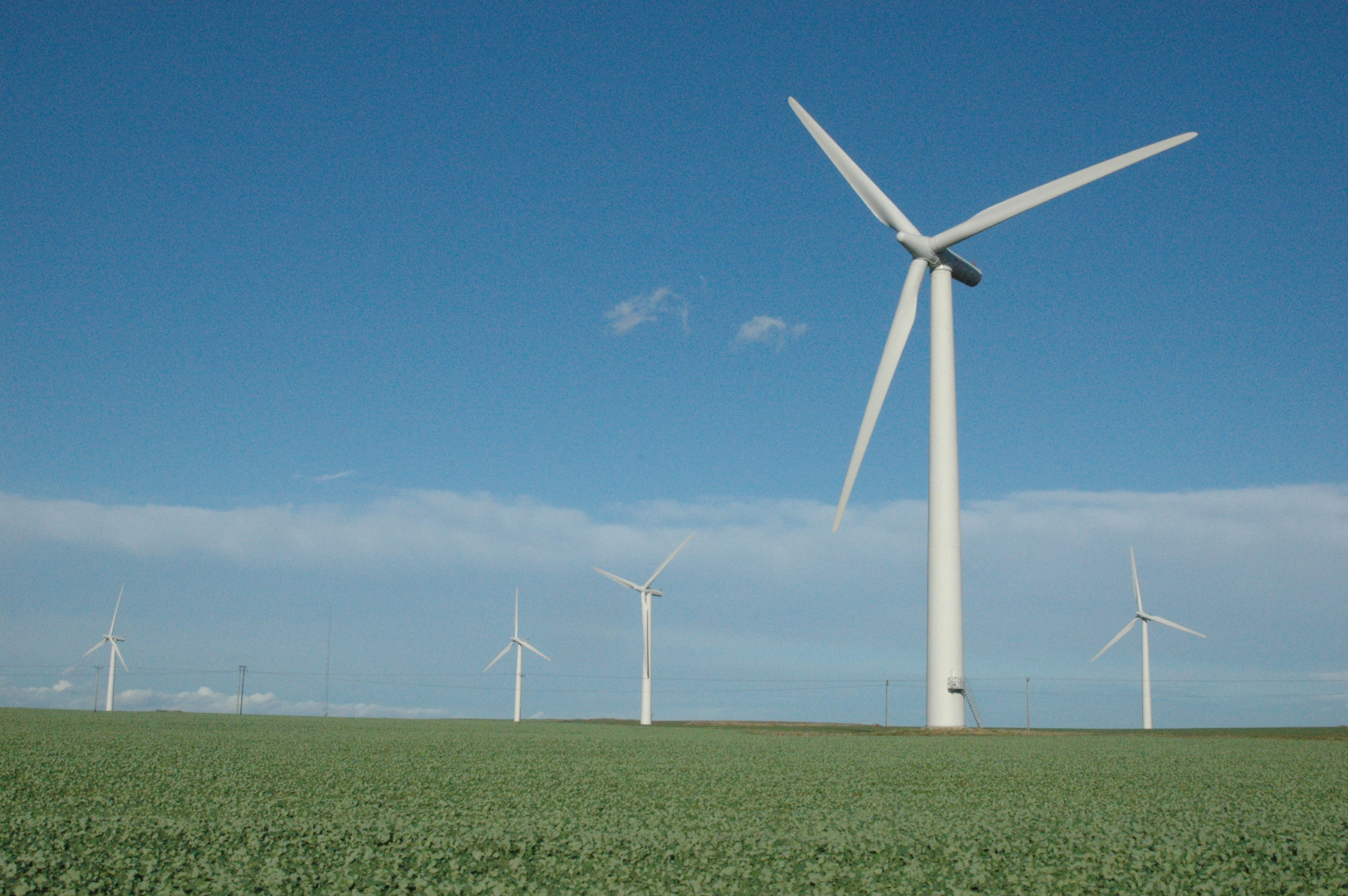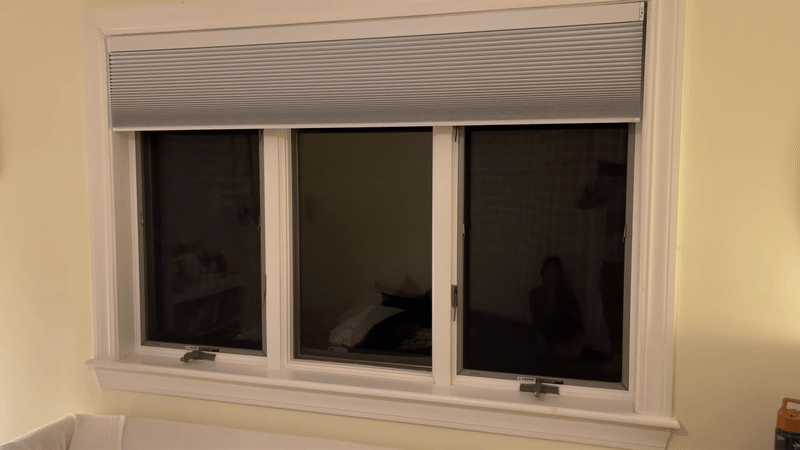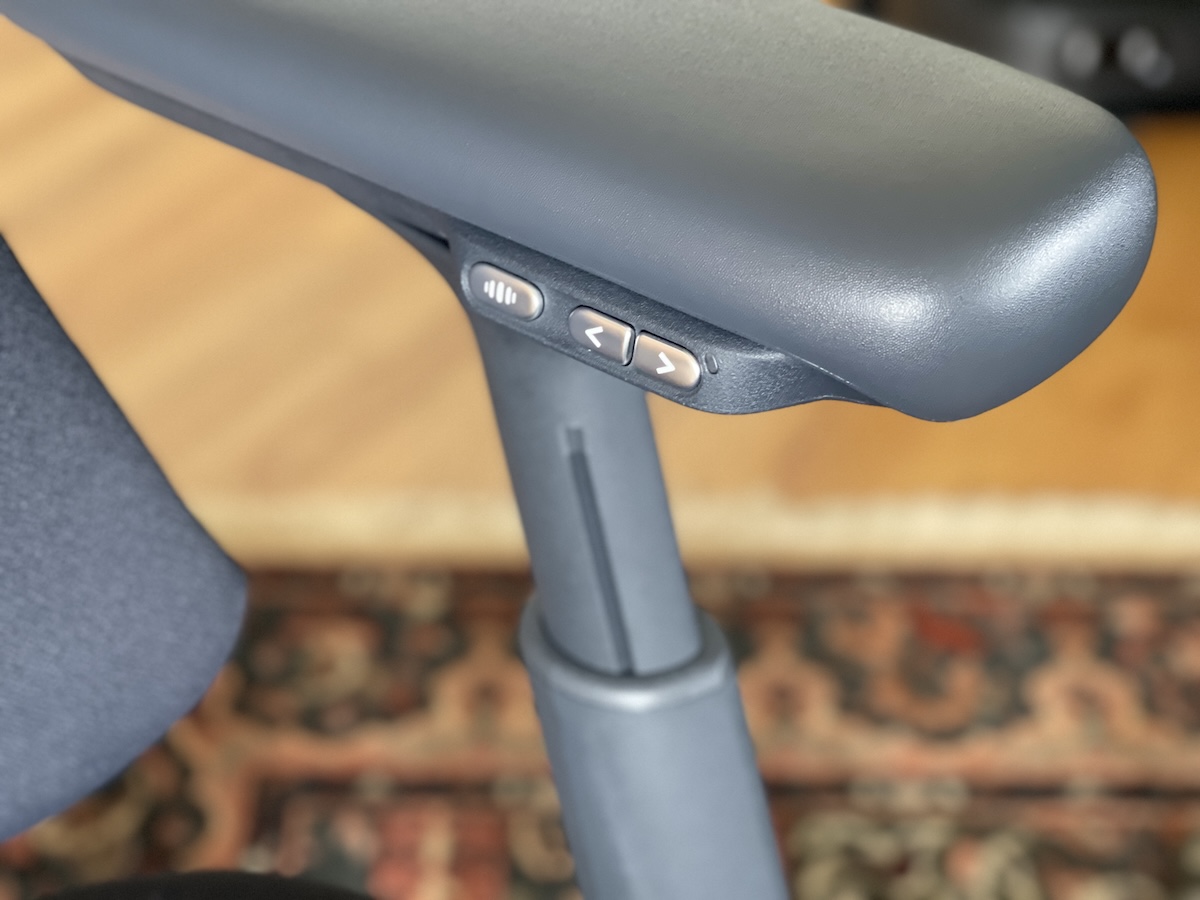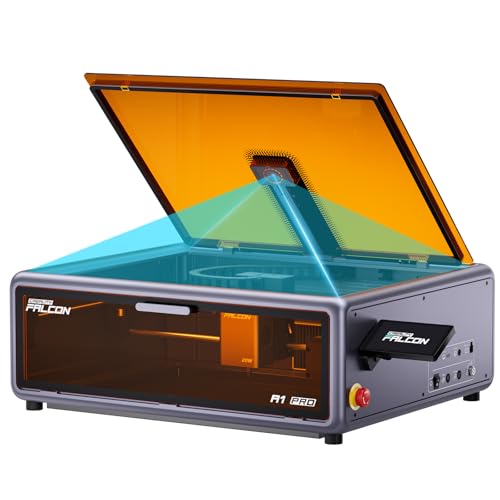Your phone buzzes at 6 AM. Your AirPods cancel subway noise. That Tesla cruises past while you’re paying $5 for gas. Magnets power every single moment. Not weak fridge magnets—industrial beasts that make your gadgets work. The magnetic revolution isn’t coming. It’s here, running everything from your alarm to Netflix.
Magna Coaster: Magnetic TikTok for Your Desk

Magnets literally run your world. Every iPhone speaker uses them to make sound. Those Beats headphones? Tiny magnets vibrate super fast. Electric cars spin using magnetic fields.
The magnet industry hit $24 billion in 2023. Most people can’t name one magnet company. These firms design invisible parts that power modern life. For a detailed look at how magnets are shaping the global market, see the Allied Market Research magnet industry report. Without strong magnets, your laptop would weigh like a textbook. Your phone would need a fan like your gaming PC.
Niron Magnetics: The Anti-China Play

Mining rare earth metals creates disasters worse than Chernobyl. Enter Niron Magnetics from Minneapolis. They make iron magnets that work without strip-mining China. They use iron—literally everywhere on Earth.
Regular magnet mining creates toxic waste lakes. Think Breaking Bad but real and worse. Niron’s magnets handle more heat while using materials from your backyard. They got $33 million because investors hate depending on China for everything.
Joseph Newman: The OG Magnetic Dreamer

Joseph Newman wasn’t some Stanford tech bro. This Mississippi guy claimed his garage motor made free energy. Like saying you built a money printer. Physics professors weren’t buying it.
The Patent Office rejected Newman’s 1984 design. It broke energy laws harder than crypto bros break promises. Energy can’t appear from nothing. Newman’s work explored complex magnet setups before today’s super materials existed.
Howard Johnson’s 70s Magnet Dreams

Howard Johnson patented “permanent magnet motors” in the 1970s. His magnets were weaker than your gym motivation. Today’s neodymium magnets pack 15 times more power. Like comparing a Prius to a Cybertruck.
Scientists doubted Johnson’s energy claims because physics doesn’t work that way. His magnet configurations taught us about complex interactions. Modern super magnets might enable Johnson’s ideas—minus the impossible parts.
John Bedini: The Pulse Master

John Bedini designed pulsed electromagnetic systems. Like a DJ dropping beats but with magnets. Perfect timing beats brute force. Small, timed magnetic pulses work better than constant pressure.
Bedini’s excess energy claims never passed scientific testing. His 1980s magnets couldn’t handle thousands of cycles. Today’s super magnets last longer at high speeds. More efficient conversion is possible within physics rules.
Magna Coaster: Magnetic TikTok for Your Desk

The Magna Coaster brings magnetic physics to your workspace. No engineering degree required. Steel balls follow impossible paths like Portal physics. The motion looks endless but doesn’t create energy from thin air.
Unlike theoretical perpetual motion machines, this demonstrates real magnetic principles. The device creates pathways that show how magnetic fields work. It’s like having a physics class that doesn’t put you to sleep.
Magnetic Shielding: Force Field Attempts

Mike Brady’s Perendev motor tried controlling magnetic fields through shielding. Creating “gates” that direct magnetic forces. Like trying to channel the Force but with actual science.
High-power claims lack proof from independent testing. Magnetic fields follow strict rules that don’t allow energy creation. Modern super magnets enable better field control within physics limits. Real applications exist in motors and medical devices.
YouTube Engineers vs Old School Labs

Engineering students raised on YouTube tutorials approach magnetics differently than professors. They combine 3D printing and computational modeling with high-strength magnets. No academic gatekeeping required.
University competitions feature magnetic projects constantly. High-strength magnets cost less than dinner at Olive Garden. This democratizes experimentation once limited to fancy labs. Grassroots innovation works within established physics laws.
The Magnetic Future Is Now

Advanced magnetic tech goes beyond new power sources. It’s revolutionizing energy efficiency everywhere. Magnetic gears reduce friction in wind turbines. Magnetic bearings in energy storage last thousands of cycles longer.
Materials science enables designs impossible decades ago. The question isn’t whether magnetic tech will transform energy. It’s how fast practical applications emerge. The best developments combine magnets with other tech, creating solutions that work with physics instead of against it.


